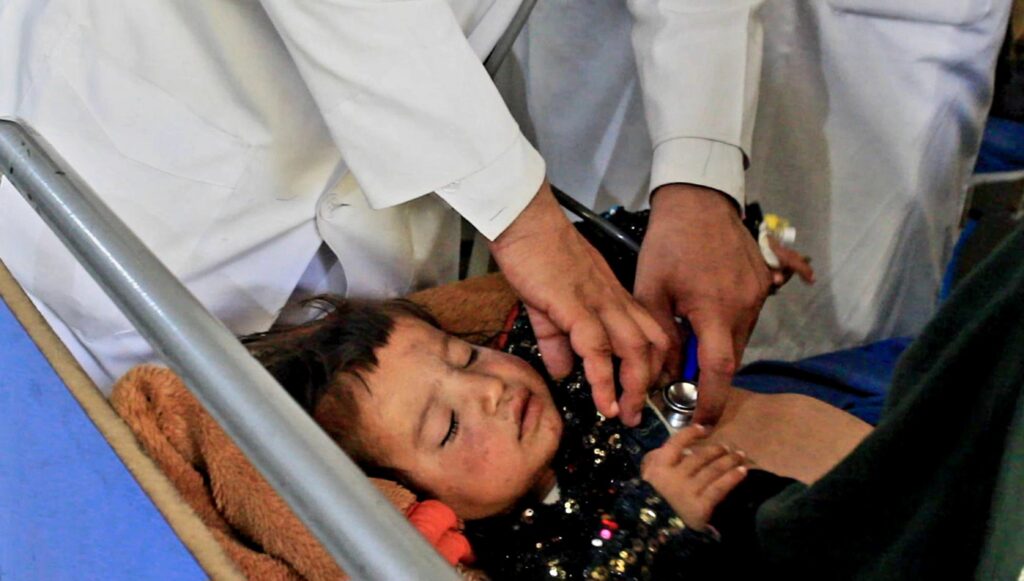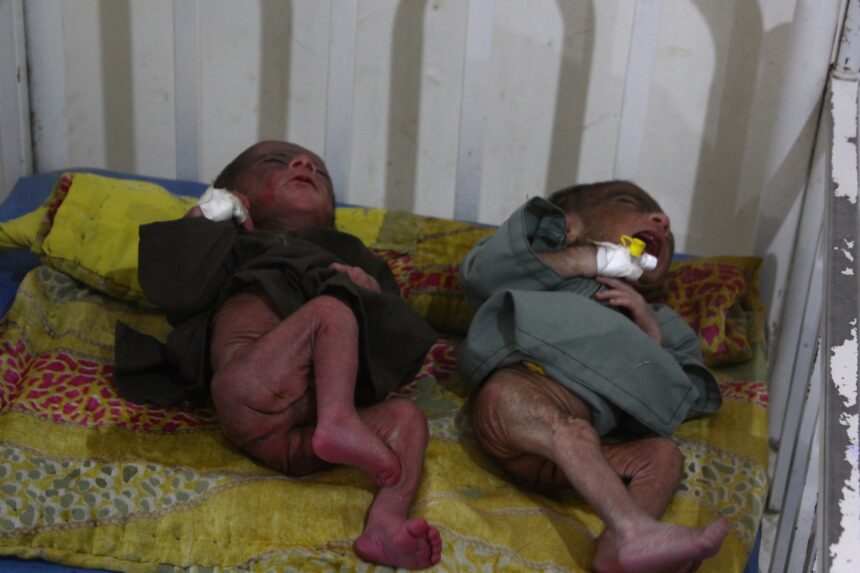How have recent aid cuts impacted malnourished children in Afghanistan?
The recent aid cuts have had devastating consequences for malnourished children across Afghanistan. Under the Trump administration, the U.S. terminated funding to the United Nations World Food Program (WFP) and several other humanitarian initiatives. These cuts affected emergency food assistance in 14 vulnerable nations—Afghanistan being one of the most severely impacted.
The WFP, the world’s largest humanitarian organization focused on food aid, warned that these cuts are a “death sentence” for millions.
According to the current and former United States Agency for International Development (USAID) experts and partners, approximately $560 million in aid to Afghanistan was lost, disrupting vital services such as food distribution, clean water access, and medical support for malnourished children.
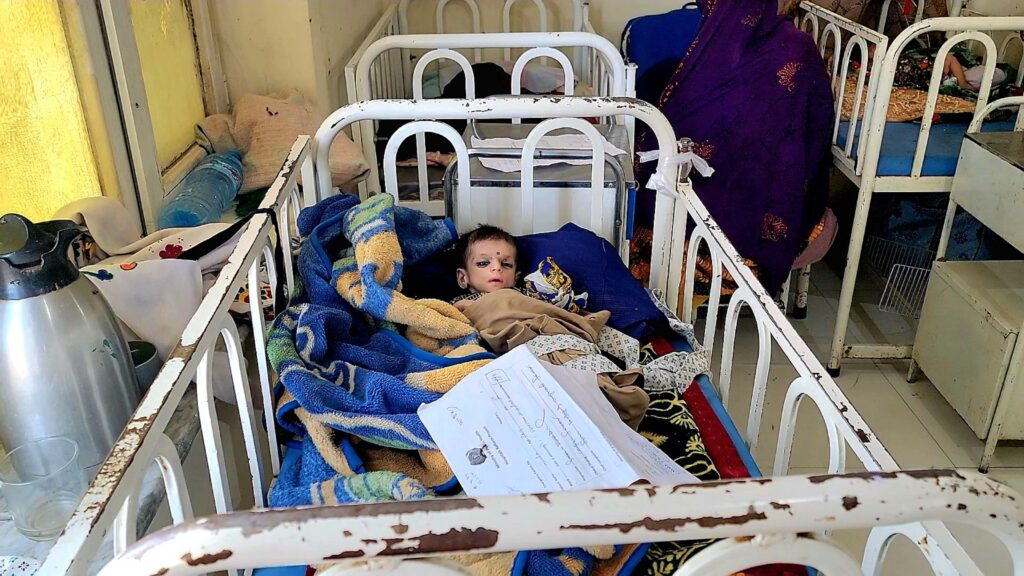
What is the current scale of child malnutrition in Afghanistan?
According to the United Nations World Food Program, 3.5 million Afghan children are expected to suffer from malnutrition in 2025—a significant increase from prior years. The rise is attributed to the collapse of aid, compounded by economic instability, drought, and limited access to healthcare in rural and conflict-affected areas.
What kinds of aid have been reduced or eliminated?
The majority of the cuts have affected food assistance, nutritional supplements, and basic healthcare services. Programs that once provided therapeutic foods for severely malnourished children and support to undernourished mothers have seen massive reductions or shutdowns entirely. International donor support, once a lifeline for millions, has dried up in many regions.
The Norwegian Refugee Council (NRC) has warned that these aid cuts threaten the lives and well-being of the most vulnerable in Afghanistan. The NRC’s report highlights the dire situation faced by displaced families who are unable to access basic necessities due to the reduction in aid.

How have these aid cuts impacted hospitals and health services?
Hospitals in provinces like Uruzgan are overwhelmed. Dr. Rahmatullah Kamran, head of the pediatric department at the Uruzgan provincial hospital, reported that cases of malnutrition in children have risen by 1.5 times compared to previous years.
“Our staff can’t keep up with the number of cases,” Dr. Kamran told The Afghan Times. “We lack food supplements, medical equipment, and trained staff. We’re trying to do everything we can, but it’s not enough.”
Are children dying as a result of this crisis?
Yes. The risk of child mortality has increased sharply. According to health experts, severe acute malnutrition—if untreated—can quickly become fatal, especially for children under five. Without adequate food and medical care, more children are dying from entirely preventable causes.
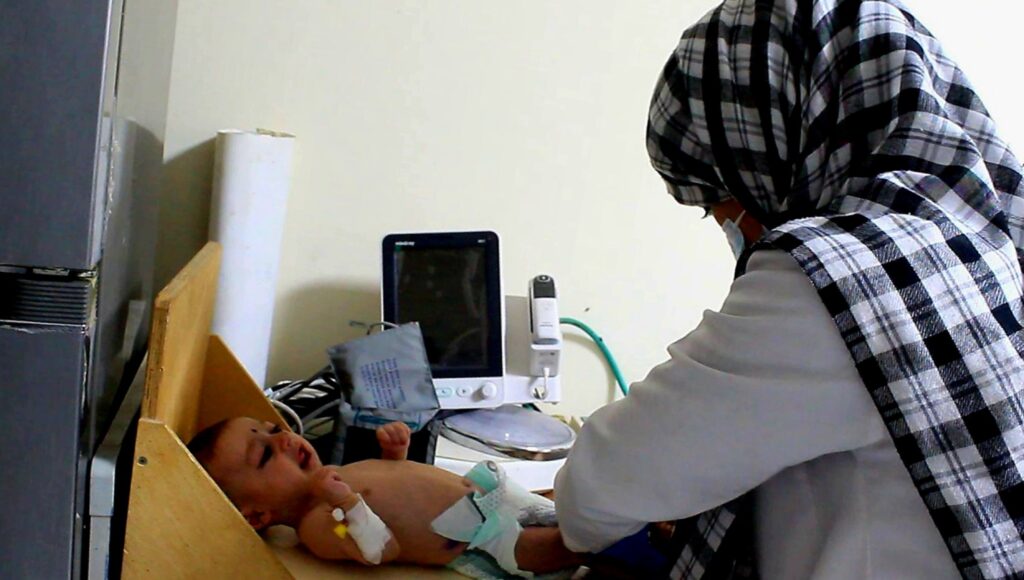
What are the long-term effects on children who survive malnutrition?
The effects of chronic malnutrition are long-lasting and often irreversible. Children who survive may suffer from stunted growth, weakened immune systems, and cognitive impairments. These developmental delays can persist into adulthood, affecting education, productivity, and long-term health.
How are families coping without international aid?
Families are being pushed to the brink. Many are skipping meals, prioritizing one child over another, or walking for hours to reach hospitals with limited resources. At the Tarinkot provincial hospital, a mother named Zulaikha shared her experience:
“We have nothing at home,” she said. “If we don’t get help, our whole family will suffer.”
Another woman, Siddiqui, said she had brought her malnourished grandchild to the hospital for the second time. “Her mother was admitted here before, also due to malnutrition. We have no food at home. We’re getting weaker day by day.”
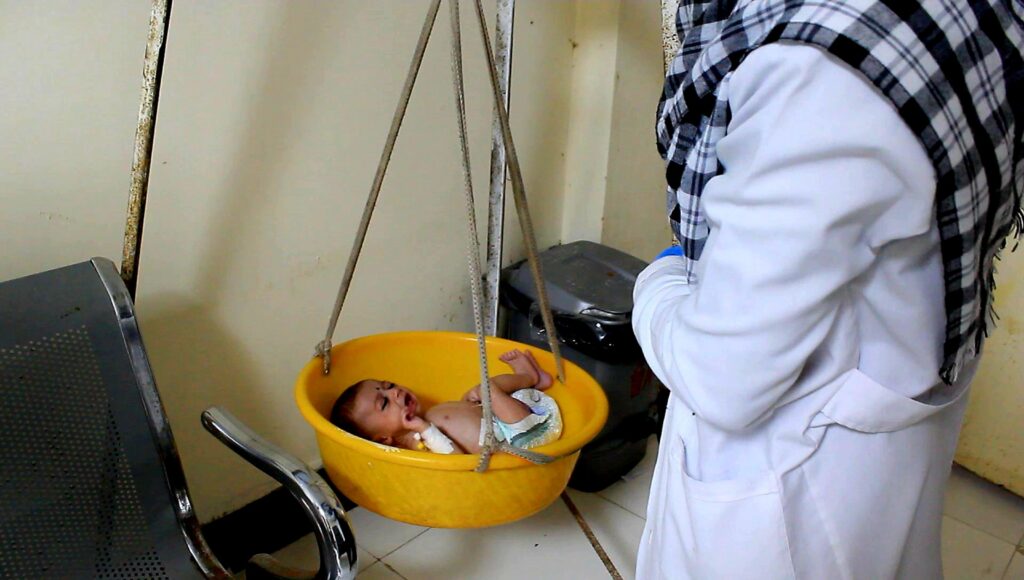
Is anyone still helping?
Some local hospitals and NGOs are still trying to provide assistance, but their resources are stretched thin.
Most health workers and international agencies warn that without large-scale international funding, these efforts won’t be enough to meet the growing needs.
What’s the outlook for 2025 and beyond?
In 2025, Afghanistan faces an escalating humanitarian crisis, with the World Food Programme (WFP) projecting that 3.5 million children will suffer from malnutrition—the highest level in four years. Additionally, 1.2 million pregnant and breastfeeding women are acutely malnourished, requiring urgent nutritional support.
The situation has been exacerbated by significant cuts in international aid. The U.S. government’s decision to terminate funding to the WFP and other humanitarian efforts has led to the cessation of emergency food assistance in several conflict-stricken countries, including Afghanistan. The WFP has described these cuts as a “death sentence” for millions facing extreme hunger.
Without immediate restoration and expansion of aid, experts warn that Afghanistan’s humanitarian disaster will deepen, putting millions of lives—especially those of children—at greater risk. The WFP has issued urgent appeals for international support to address this crisis.
As of now, the outlook for Afghanistan remains dire, with the potential for long-term consequences on the nation’s health and stability if substantial aid is not promptly reinstated.
